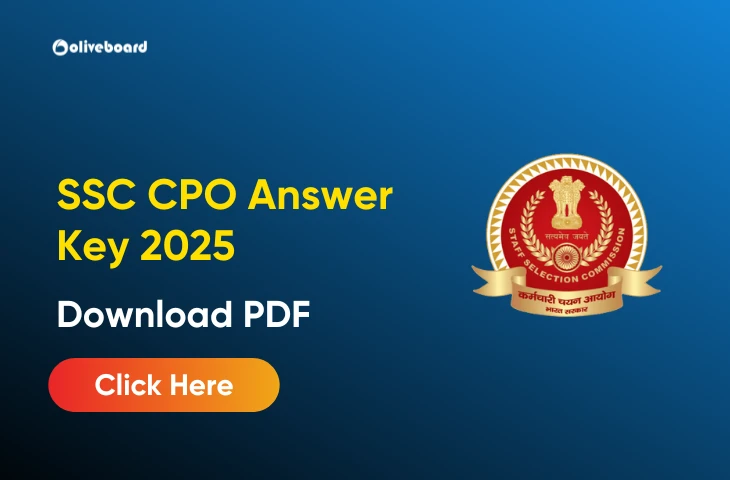TFT Full Form
TFT stands for “Thin-Film Transistor”. It is a type of semiconductor device used to amplify and control electrical signals in electronic circuits. In the context of displays, TFTs are a fundamental component for controlling the individual pixels on screens, allowing for precise and rapid adjustments to create the images we see. In this article, we will unveil the full form of TFT, and delve into its significance, principles, and its role in powering the screens of smartphones, televisions, and computer monitors.
TFT Full Form in Hindi
TFT का मतलब “थिन-फिल्म ट्रांजिस्टर” है। यह एक प्रकार का अर्धचालक उपकरण है जिसका उपयोग इलेक्ट्रॉनिक सर्किट में विद्युत संकेतों को बढ़ाने और नियंत्रित करने के लिए किया जाता है।
Understanding the Significance of TFT
The significance of Thin-Film Transistors lies in their ability to control and modulate the light emitted by or passing through individual pixels on a display. This technology provides several important advantages:
- High Resolution: TFT-based displays can achieve high resolutions and offer sharp, clear images.
- Color Accuracy: TFT technology enables precise control over the colors displayed, resulting in vibrant and accurate visuals.
- Fast Response Time: TFTs can switch individual pixels on and off rapidly, reducing motion blur and ensuring smooth video playback.
- Energy Efficiency: Modern TFT displays are designed to be energy-efficient, which is crucial for mobile devices and laptops.
Principles of TFT
TFTs are a type of field-effect transistor (FET) used in display technology. The key principles of TFTs include:
- Thin Films: TFTs are made using thin films of semiconductor material, typically amorphous silicon (a-Si) or organic materials, deposited on a glass or plastic substrate.
- Gate, Source, and Drain: Each TFT has a gate, source, and drain terminal. The gate electrode controls the flow of current between the source and drain, modulating the pixel’s brightness.
- Pixel Control: TFTs are arranged in a matrix on a display, with each TFT controlling a single pixel. By adjusting the voltage applied to the gate, the corresponding pixel’s brightness can be controlled.
- Backlight or Emissive Technology: TFTs can be used with backlight technology in liquid crystal displays (LCDs) or with emissive technology in organic light-emitting diode (OLED) displays.
Types of TFT Displays
- LCD Displays: TFT-LCD displays are the most common type, used in televisions, computer monitors, and smartphones. Each pixel in an LCD is controlled by a separate TFT.
- OLED Displays: Organic light-emitting diode displays utilize TFT technology to control each OLED pixel’s brightness and color. OLEDs offer deeper blacks and more vibrant colors than traditional LCDs.
- AMOLED Displays: Active Matrix OLED displays, or AMOLEDs, use TFTs to control OLED pixels. They are known for their energy efficiency and exceptional image quality.
- IPS Displays: In-Plane Switching (IPS) displays, a type of TFT-LCD, offer wide viewing angles and accurate color reproduction, making them suitable for professional graphics and design work.
Significance of TFT in Consumer Electronics
TFT technology is a driving force in modern consumer electronics. Its significance is evident in various devices:
- Smartphones: TFT-based displays power the screens of smartphones, offering high-resolution and vivid visuals for browsing, gaming, and video playback.
- Televisions: The majority of modern flat-panel televisions use TFT-LCD technology, providing viewers with large, high-quality screens for watching content.
- Computer Monitors: TFT-based computer monitors are essential for productivity, offering sharp text and detailed graphics.
- Tablets and Laptops: Portable devices like tablets and laptops rely on TFT technology for their displays, balancing performance and energy efficiency.
Challenges and Advancements in TFT Technology
TFT technology has faced and continues to address several challenges:
- Viewing Angles: Improving viewing angles, especially in LCD displays, remains a challenge to ensure consistent image quality from various angles.
- Response Time: Reducing response times to eliminate motion blur in fast-paced content like gaming or video is an ongoing area of development.
- Energy Efficiency: Enhancing energy efficiency to extend battery life in portable devices is a priority.
- Emerging Technologies: Advancements include flexible displays using TFT technology, enabling curved and foldable screens.
Conclusion – TFT Full Form
In conclusion, TFT, with its full form being “Thin-Film Transistor,” is a crucial component in modern display technology. TFTs are essential for controlling individual pixels on screens, enabling high resolutions, accurate colors, and rapid response times. This technology is widely used in smartphones, televisions, computer monitors, and other consumer electronics, contributing to the vibrant and detailed visuals we encounter daily. Challenges in TFT technology, such as improving viewing angles and response times, are actively addressed through ongoing research and development. As the demand for high-quality displays continues to grow, TFT technology will play an increasingly important role in the evolution of consumer electronics, offering ever-improving image quality and versatility in a wide range of devices.
- SSC CPO 2025 Answer Key, Response Sheet & Raise Objections
- Sarkari Result 2025, Latest सरकारी नौकरी Updates & Results
- PFRDA Grade A Assistant Manager Selection Process 2026, All Stages
- PFRDA Grade A Recruitment Notice 2026, Download Notification PDF
- IBPS PO Interview Call Letter 2025 Out, Admit Card Download Link
- SSC JE Paper 1 Answer Key 2025, Download Response Sheet
TFT Full Form – FAQs
Ans. TFT stands for “Thin-Film Transistor.”
Ans. TFT का मतलब “थिन-फिल्म ट्रांजिस्टर” है।

Hello, I’m Aditi, the creative mind behind the words at Oliveboard. As a content writer specializing in state-level exams, my mission is to unravel the complexities of exam information, ensuring aspiring candidates find clarity and confidence. Having walked the path of an aspirant myself, I bring a unique perspective to my work, crafting accessible content on Exam Notifications, Admit Cards, and Results.
At Oliveboard, I play a crucial role in empowering candidates throughout their exam journey. My dedication lies in making the seemingly daunting process not only understandable but also rewarding. Join me as I break down barriers in exam preparation, providing timely insights and valuable resources. Let’s navigate the path to success together, one well-informed step at a time.






